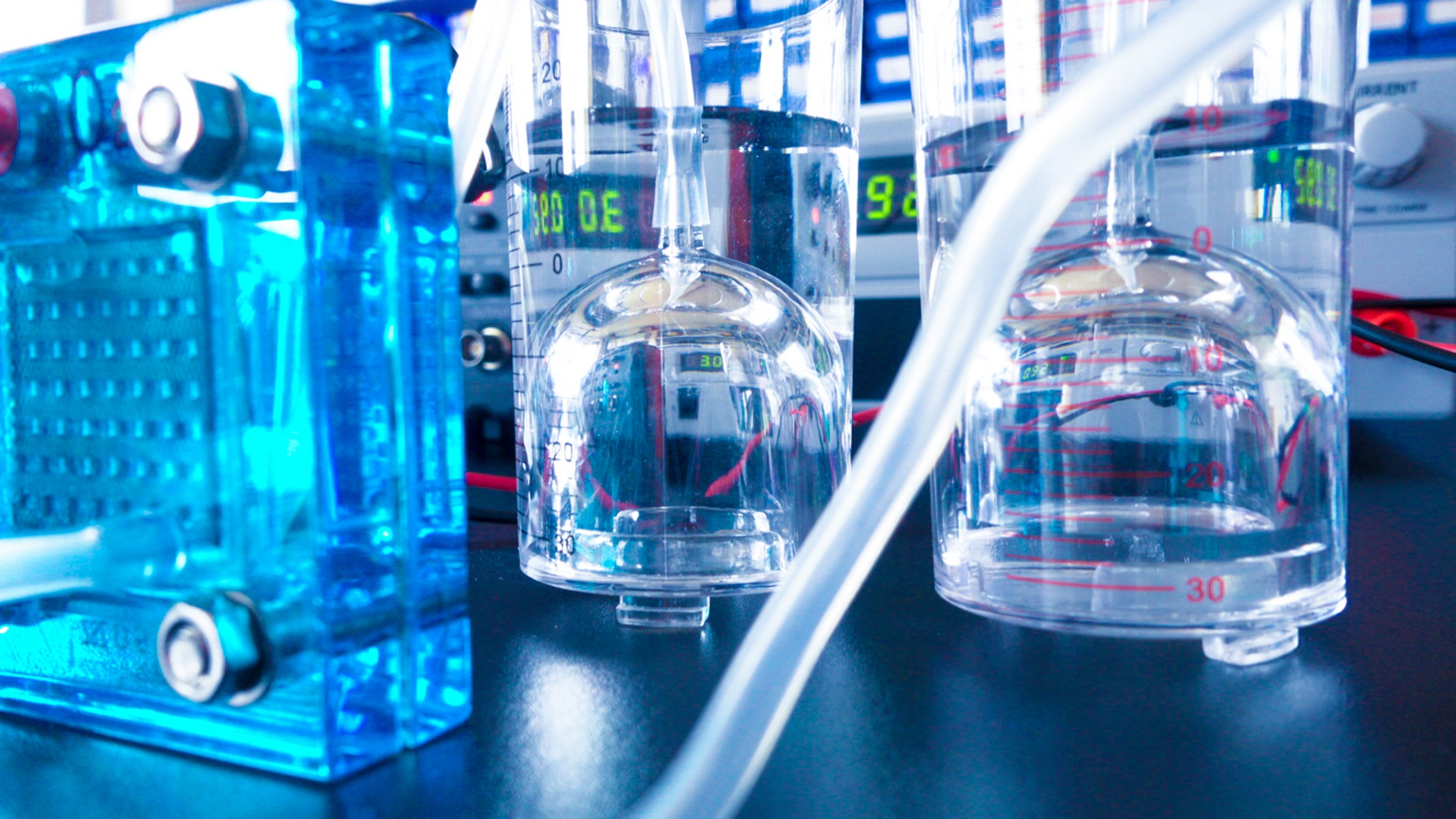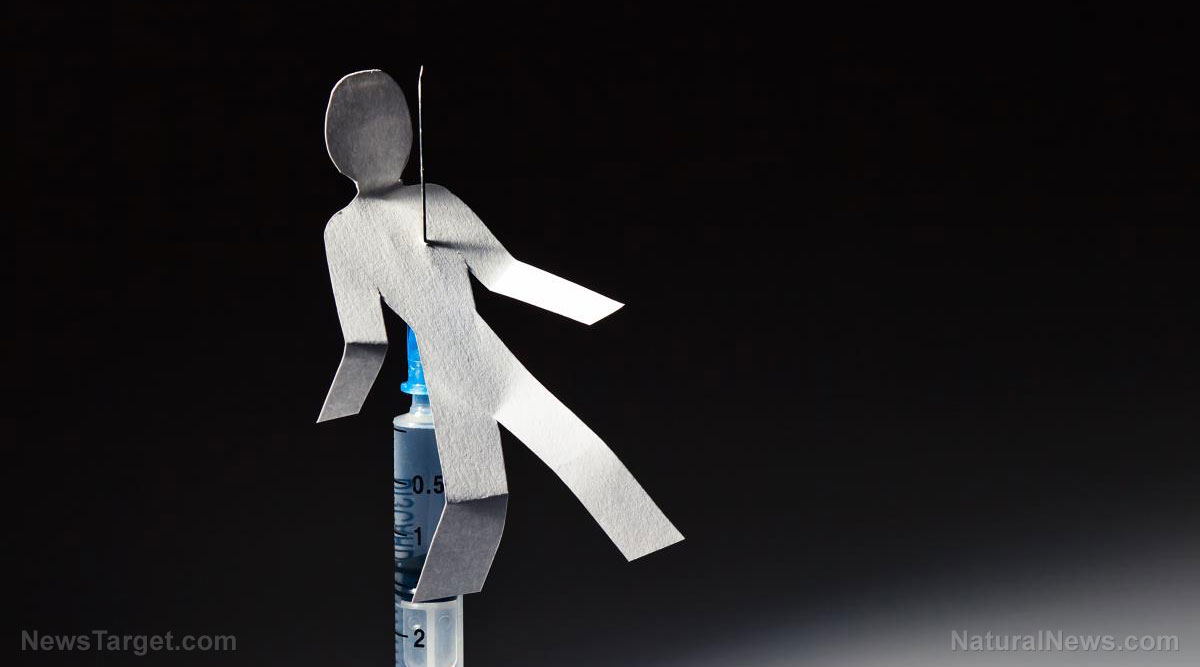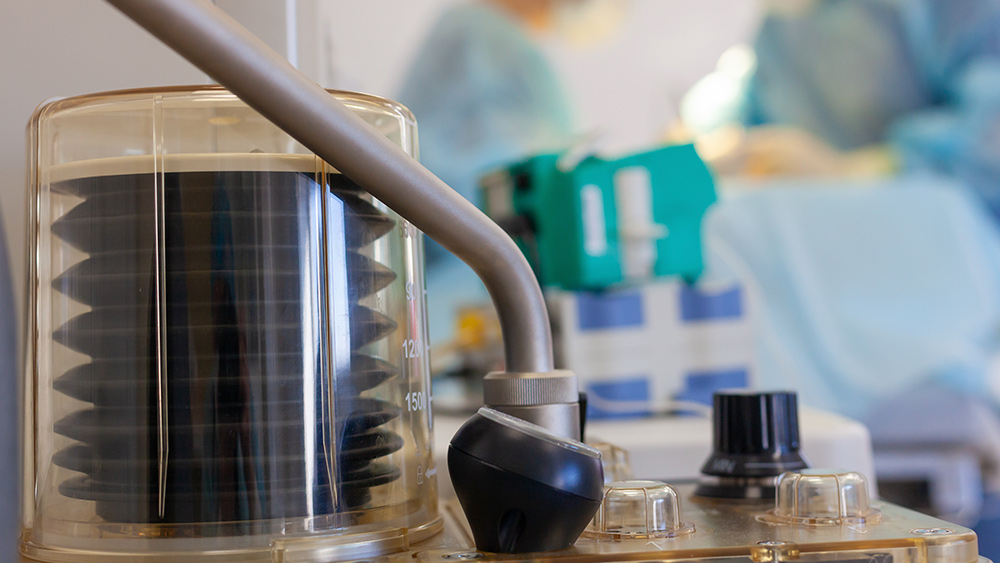
Israeli and Italian scientists have developed a renewable energy technology that converts solar energy into hydrogen fuel, and according to the team, it's nearing the threshold of practical viability.
"Think of this research as a sort of artificial photosynthesis," said Lilac Amirav, a chemistry professor at Technion-Israel Institute of Technology. "We start with a semiconductor that's very similar to what we have in solar panels."
Taking a page from nature
Photosynthesis is a process used by plants and other organisms to convert light energy into chemical energy. To develop the technology, Amirav and her fellow scientists studied the reaction that harnesses sunlight to efficiently and cost-effectively peel off hydrogen from water molecules.
Hydrogen and oxygen readily recombine once they're split apart, but the rod-shaped nanoparticles (nanorods) developed by the scientists could shunt the water's two-component elements away from one another. The wand-like rods are 50-60 nanometers (nm) long and 4.5 nm in diameter and all tipped with platinum spheres 2–3 nm in diameter.
The nanorods convert 4.2 percent of the energy of incoming sunlight into chemical bonds. Taking into account the energy in the hydrogen fuel alone, they convert 3.6 percent of sunlight energy into stored fuel – which is considerably better than the 1-2 percent range that previous technologies had achieved.
According to the Department of Energy, up to 10 percent efficiency is all that's needed to reach what the researchers call the "practical feasibility threshold" for solar hydrogen generation. (Related: Enormous supply of clean hydrogen fuel can now be tapped for the hydrogen economy.)
The new solar tech would offer a sustainable way to turn water and sunlight into storable energy for fuel cells that could feed into the electrical grid or go to fuel-cell-powered trucks, trains, cars, ships, planes or industrial processes.
A scaled-up version of the technology could be the basis of "solar factories" in which arrays of solar collectors split water into stores of hydrogen fuel.
The scientists first began publishing papers about the technology in 2010 and they've been tweaking the design since then to maximize its ability to extract as much hydrogen and excess energy as possible from "solar-to-chemical energy conversion."
Creating molecular hydrogen out of water also yields oxygen, so the scientists had to figure out what to do with that byproduct.
"When you're thinking about artificial photosynthesis, you care about hydrogen – because hydrogen's a fuel," said Amirav. "Oxygen is not such an interesting product. But that is the bottleneck of the process."
Once liberated from split water molecules, oxygen carries energy away from the reaction, too. If not harnessed, it ultimately represents wasted solar energy – which means lost efficiency in the overall reaction.
The scientists added another reaction to the process to address the issue. They have enabled the nanorods to use the liberated oxygen to convert the organic molecule benzylamine into the industrial chemical benzaldehyde, which is commonly used in dyes, flavoring extracts and perfumes.
Between February and August last year, the scientists published the innovations they made in the journals NanoEnergy and Chemistry Europe.
The scientists also presented their research at the fall virtual meeting of the American Chemical Society, where they teased further efficiency improvements courtesy of their collaboration with artificial intelligence (AI) data mining experts.
Researchers look to improve solar-to-hydrogen efficiency
Researchers from the Australian National University (ANU) researchers also wanted efficiency improvements in their version of solar-to-hydrogen (STH) production processes, which bypass electrolyzers and avoid AC/DC power conversion and transmission losses.
The ANU team has been exploring the potential of a process that Karuturi likens to photosynthesis – a process that would convert the sun's energy directly into hydrogen in a photoelectrochemical cell (PEC). The researchers said their world record 17.6 percent efficiency – achieved with perovskite-silicon tandem absorbers – is open for further refinement.
In 2009, the Department of Energy set targets for PEC water-splitting efficiency of 20 percent by 2020, with 25 percent efficiency as the ultimate goal.
In a paper published in Advanced Energy Materials, lead authors Siva Krishna Karuturi and Heping Shen wrote that although Photovoltaic (PV) modules have become a commercially viable method for large scale renewable energy generation, "achieving [a] global renewable energy transition further relies on addressing the intermittency of solar electricity through the development of transportable energy storage means."
Although semiconductors have demonstrated STH efficiencies of up to 19 percent, the high cost of materials has limited their application. STH efficiencies achieved with inexpensive semiconductor materials remained below 10 percent and the materials have been vulnerable to degradation.
The ANU researchers' pairing of a buried p-n junction silicon/titanium/platinum photocathode and a semitransparent perovskite solar cell is the first deployment of cheaper materials to achieve anywhere near 20 percent efficiency.
"As revealed by our modeling results, the proof-of-concept demonstration offers immense opportunities to further improve the efficiency and reduce costs through optimization of the performances of the individual components and replacement of precious catalysts with abundant materials," wrote Karuturi.
He described his team's solution as "an elegant and potentially economical route to storing solar power."
Follow HydrogenWater.news for more news and information about hydrogen fuel.
Sources include:
Please contact us for more information.















